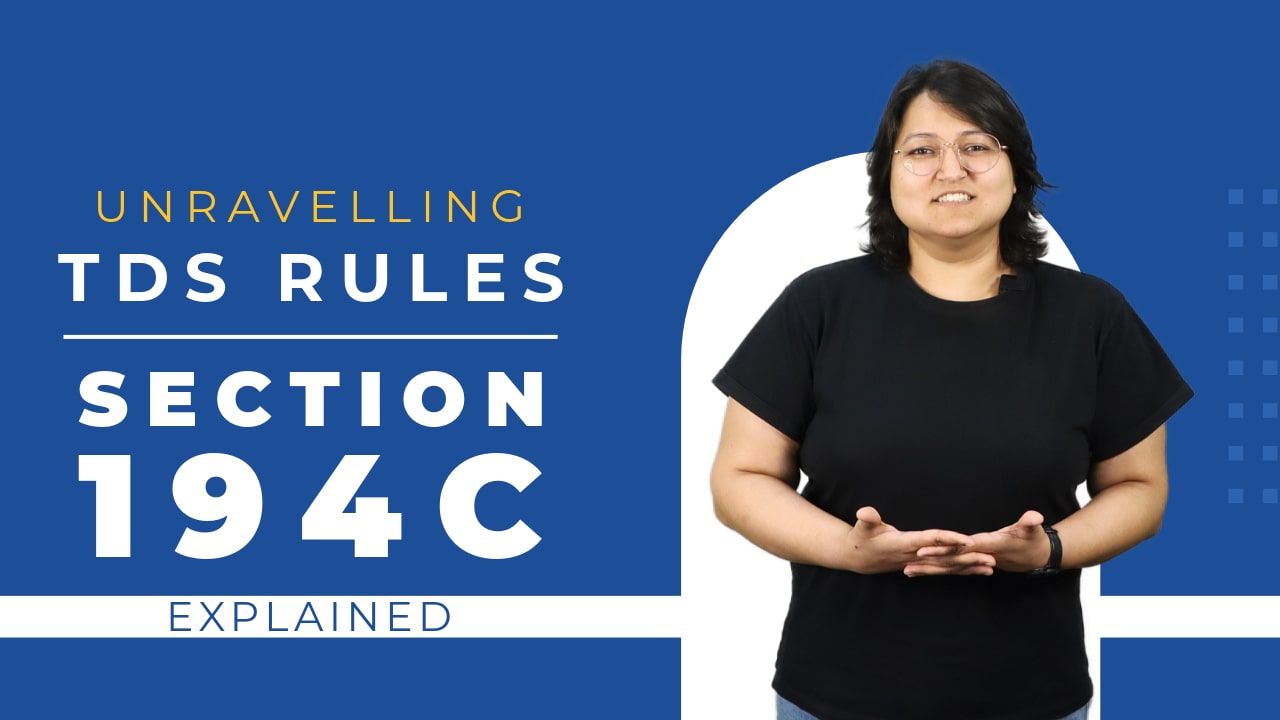Unravelling TDS Rules: Section 194C Explained
Section 194C of the Income Tax Act could be essential for you to understand TDS on contractor payments. This section defines the rules for deducting tax at source under specified conditions. In this video, we’ll explore the scope of Section 194C.
We’ll talk about its applicability to payments made by various entities such as government bodies, corporations, and co-operative societies. You'll also learn what counts as 'work,' including tasks like advertising, catering, and manufacturing products, based on customer needs.
We’ll dive into the roles of contractors and subcontractors, explaining their responsibilities under this section. Additionally, we’ll discuss TDS rates, which might vary based on factors like the type of recipient and whether a PAN is provided. You might also learn about thresholds for TDS deductions, that could be applicable when payments exceed certain amounts in a financial year.
Finally, we’ll outline scenarios where TDS might not apply and the timelines for depositing deducted amounts. By understanding these rules, individuals and businesses might be able to manage their tax obligations better. This could ensure compliance and avoid potential legal issues.

Key Takeaways
Section 194C mandates TDS on payments made to resident contractors and subcontractors
Payments from governments, companies, co-operative societies, and universities fall within the scope of Section 194C
The term 'work' under Section 194C includes activities like broadcasting, advertising, catering, and certain manufacturing tasks
Contractors handle work for entities, while subcontractors perform tasks assigned by contractors
A 1% TDS rate applies to individuals or HUFs, while a 2% rate applies to other resident entities
If the payee fails to provide a PAN, a higher TDS rate of 20% could be imposed
TDS must be deducted if a single payment exceeds Rs. 30,000 or if total payments in a financial year surpass Rs. 75,000
TDS might not be applicable on payments for personal purposes or if the payer's business turnover falls below specified thresholds
What to Watch Next

























